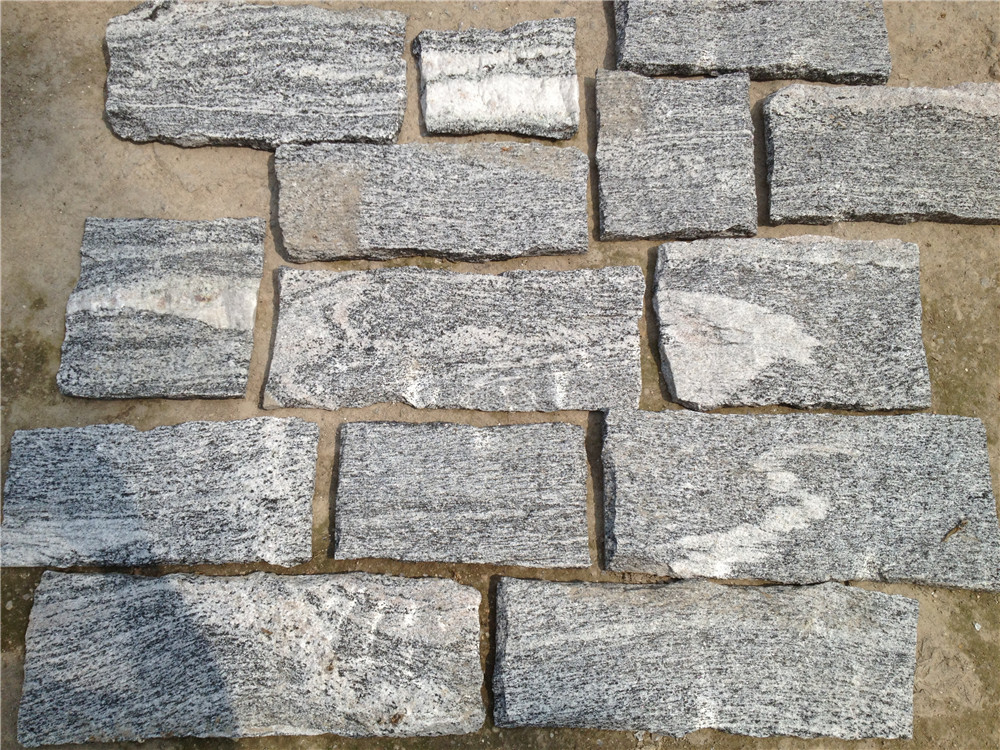The Timeless Elegance of Cultured Stone Pillars
Introduction: Cultured stone pillars have been a staple of architectural design for centuries, lending a sense of grandeur and sophistication to buildings and landscapes alike. url , crafted from a variety of materials such as limestone, marble, and travertine, are meticulously engineered to replicate the look and feel of natural stone while offering increased durability and versatility. In this article, we will explore the history, construction, and applications of cultured stone pillars, highlighting their enduring appeal and timeless elegance. History of Cultured Stone Pillars: The use of stone pillars in architecture dates back to ancient civilizations such as the Greeks, Romans, and Egyptians. These early cultures recognized the structural and aesthetic benefits of stone pillars, incorporating them into temples, palaces, and other monumental structures. Over time, the art of stone carving and sculpting evolved, leading to the development of more sophisticated techniques for crafting ornate pillars with intricate details and designs. In modern times, the introduction of cultured stone technology revolutionized the way stone pillars are created. Cultured stone, also known as manufactured stone or artificial stone, is made from a mixture of natural aggregates, pigments, and resins that are molded and cast to replicate the appearance of natural stone. This innovative process allows for greater control over the size, shape, and color of the pillars, resulting in a more consistent and uniform finished product. Construction of Cultured Stone Pillars: The construction of cultured stone pillars typically begins with the selection of a suitable mold or form that will determine the shape and dimensions of the pillar. The mold is then filled with the mixed materials, which are carefully poured and compacted to ensure proper adhesion and uniformity. Once the material has set and cured, the pillar is removed from the mold and undergoes a series of finishing processes to enhance its appearance and durability. One of the key advantages of cultured stone pillars is their versatility in design. Unlike natural stone, which is limited by the size and shape of the raw material, cultured stone can be molded and sculpted into virtually any form or style. This flexibility allows architects and designers to create custom pillars that complement a wide range of architectural styles, from classical to contemporary. Another benefit of cultured stone pillars is their durability and weather resistance. Unlike natural stone, which can be prone to cracking, chipping, and discoloration over time, cultured stone is engineered to withstand the elements and maintain its appearance for years to come. This makes cultured stone pillars an ideal choice for outdoor applications such as garden features, entryways, and patio columns. Applications of Cultured Stone Pillars: Cultured stone pillars can be found in a variety of architectural settings, from residential homes and commercial buildings to public spaces and landscaping projects. These versatile elements are often used to add visual interest, structural support, and a touch of elegance to both interior and exterior spaces.  In residential architecture, cultured stone pillars are commonly used as decorative accents for entryways, porches, and patios. These pillars can be designed to complement the overall style of the home, whether it be traditional, modern, or rustic. Cultured stone pillars can also be incorporated into interior spaces such as living rooms, dining areas, and staircases to create a sense of grandeur and sophistication. In commercial and public architecture, cultured stone pillars are often employed to create a sense of monumentality and gravitas. These pillars can be found in government buildings, museums, hotels, and other public structures, where they serve as focal points and architectural statements. Cultured stone pillars can also be used in landscape design to define pathways, frame outdoor spaces, and enhance the overall aesthetic of gardens and parks. Conclusion: Cultured stone pillars are a timeless architectural element that has stood the test of time, from ancient civilizations to modern-day construction practices. These pillars combine the beauty of natural stone with the durability and versatility of manufactured materials, making them an ideal choice for a wide range of architectural applications. Whether used as decorative accents, structural supports, or design statements, cultured stone pillars add a touch of elegance and sophistication to any building or landscape. With their enduring appeal and timeless charm, cultured stone pillars will continue to be a beloved feature of architectural design for generations to come.
In residential architecture, cultured stone pillars are commonly used as decorative accents for entryways, porches, and patios. These pillars can be designed to complement the overall style of the home, whether it be traditional, modern, or rustic. Cultured stone pillars can also be incorporated into interior spaces such as living rooms, dining areas, and staircases to create a sense of grandeur and sophistication. In commercial and public architecture, cultured stone pillars are often employed to create a sense of monumentality and gravitas. These pillars can be found in government buildings, museums, hotels, and other public structures, where they serve as focal points and architectural statements. Cultured stone pillars can also be used in landscape design to define pathways, frame outdoor spaces, and enhance the overall aesthetic of gardens and parks. Conclusion: Cultured stone pillars are a timeless architectural element that has stood the test of time, from ancient civilizations to modern-day construction practices. These pillars combine the beauty of natural stone with the durability and versatility of manufactured materials, making them an ideal choice for a wide range of architectural applications. Whether used as decorative accents, structural supports, or design statements, cultured stone pillars add a touch of elegance and sophistication to any building or landscape. With their enduring appeal and timeless charm, cultured stone pillars will continue to be a beloved feature of architectural design for generations to come.